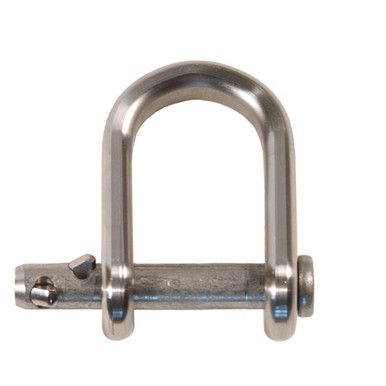The lanyard / spikes aren't a love affair for me and I always had a hard time to trust them.
Finally I adopted a way to be a little more confident, far from feeling comfy, but at least I can buck a spar without too much fear : the spikes and a wire-lanyard (or a secondary climbline as is, on the Ds) with my main climbline chocked short above the lanyard.
I know that's the contrary of the recommended way for safety, but that gives me some peace of mind, as I can go nowhere if I gaff out. More, the choked line is a stable/trusty point when I lower the lanyard and myself, no more hazard on the move.
Most of the time I buck the spar for firewood lengths, maybe two at once, so my choked carabiner stays at arm reach. If I come down more than one meter, I use my telescopic pole to get it back.
The leaning, twisty spars or the dog-legs are challenging. I deal with them staying on the underside, it's more stable for me and that's what I'm looking for. I tried to stay on the upper side, but no. I fear constantly to loose my balance and take a ride toward the underside. I would absolutely hate that. Plus I have more control of the logs on the hard leaning trunks.
The Hitch Hicker first and now the Akimbo are perfect for a short-choked line. The compactness and ease to adjust are a dream for this application.
I even use in the same way the Zigzag on my secondary climb line, which works surprisingly well in SRT mode all alone. That allows me to buck a long bare axis during a pruning (no gaffs) with my both climblines choked.

